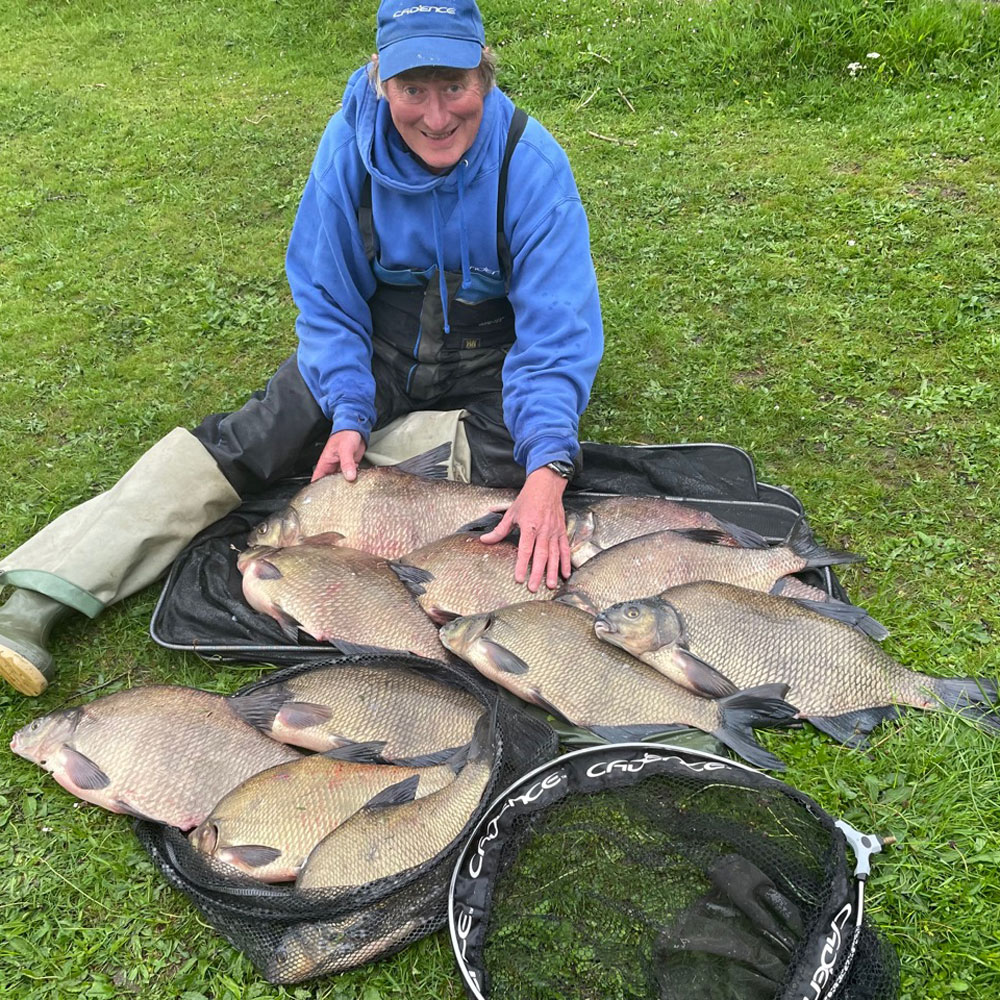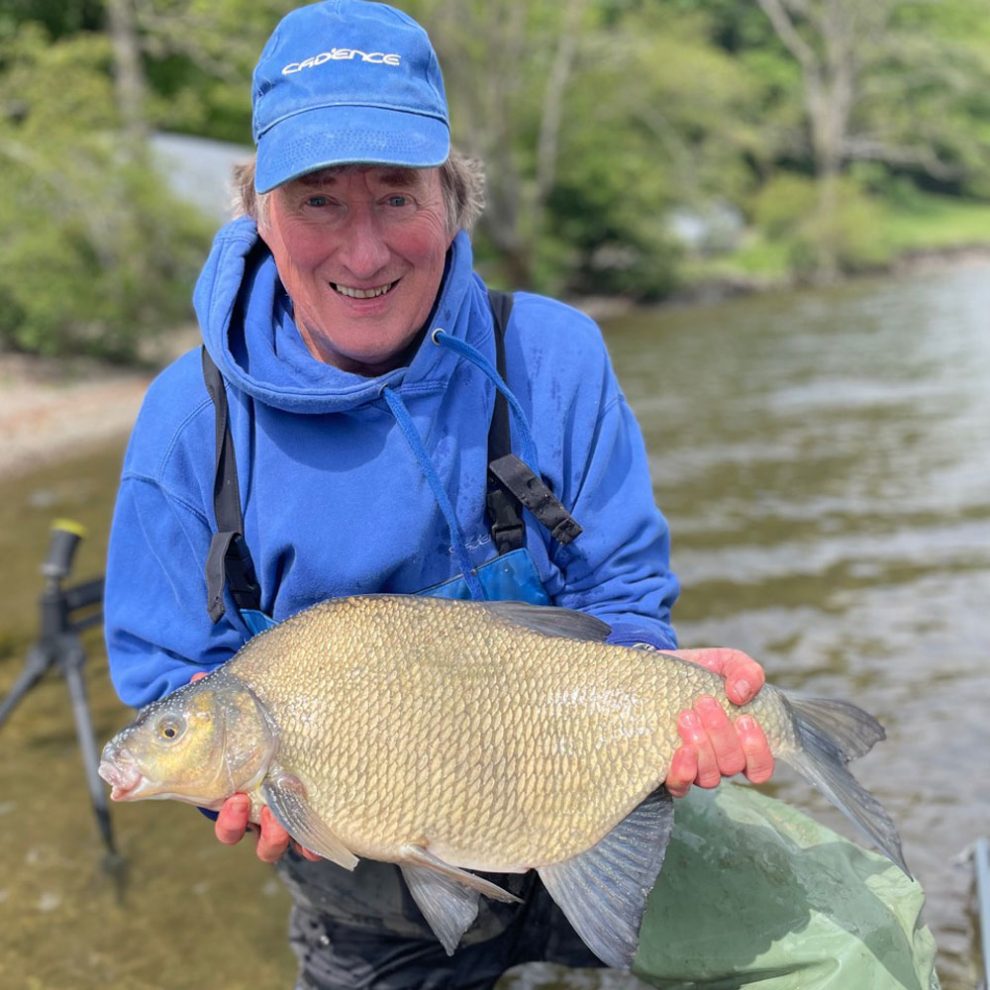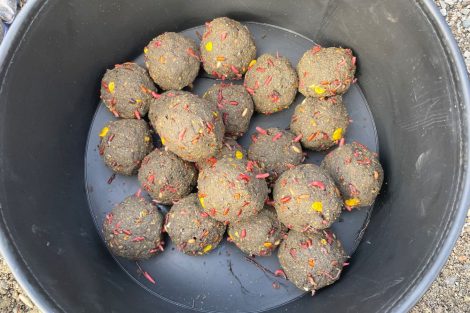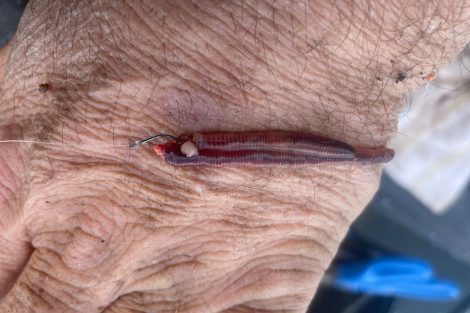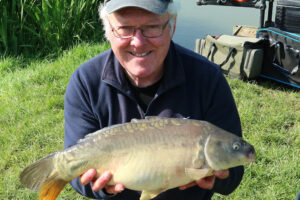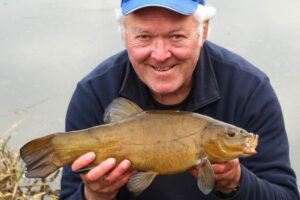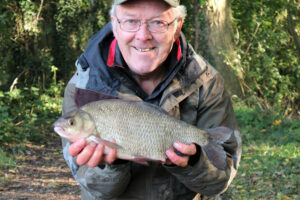And now, for something completely different, Cadence North West Match Group-based Graham Kennerley is your host as we lift the lid on a fantastic fishing destination.
The English Lake District has been a source of inspiration to many people down the centuries.
Its stunning mountains, big skies, lakes and lush, verdant landscapes formed the ‘canvas’ for beautifully crafted poetry and prose from literary giants such as William Wordsworth, Samuel Coleridge, Thomas de Quincey and John Ruskin.
The fabulous Hill Top House, near Hawkshead, is where children’s writer Beatrix Potter lived and wrote her beloved books about a cast of charming creatures brought to life with human traits – Peter Rabbit, Jemima Puddleduck, Squirrel Nutkin, etc.
Nearby Coniston Water is where brave speed merchant Donald Campbell tragically paid with his life in 1967 in his famous jet-engined watercraft, Bluebird, while attempting a new world water speed record, meeting his fate in a crash at in excess of 300mph.
So it is a place very much steeped in history, an area of outstanding natural beauty, a land of literature and poetry, beautiful hotels and acres and acres of water and, in particular, Lake Windermere, which is where Cadence North West Match Group angler Graham Kennerley comes in.
Retired nuclear plant engineer Graham first became aware of the lake’s huge shoals of slabs through the angling grapevine several years ago. A busy life meant no time to try to track them down, until now.
Graham may be 66 years young, but he admits he still feels the same sense of boyish excitement the night before a fishing trip, and when we met him in late July, he admitted he had not got much sleep, thinking about what might lay ahead if those bronzed eating machines decided to play ball.
For blog readers unfamiliar with Windermere, traditional coarse fishing close season rules apply there, meaning no keepnets or maggots and casters from March 15th to June 16th. The rule is in place to protect a rare species, the Arctic Char, which became trapped in Cumbria’s vast and deep glacial lakes during the Ice Age, which, for anybody interested, began 2.4million years ago and continued until 12,000 years ago.
But let’s get down to the fishing and Graham kept his approach nice and simple, teaming a Cadence CR10 13ft No 3 feeder rod, fitted with a 1.5oz carbon push-in quivertip, and a CS10 5000 reel, loaded with 0.10mm Daiwa braid and an 8lb Preston Innovations mono shock leader.
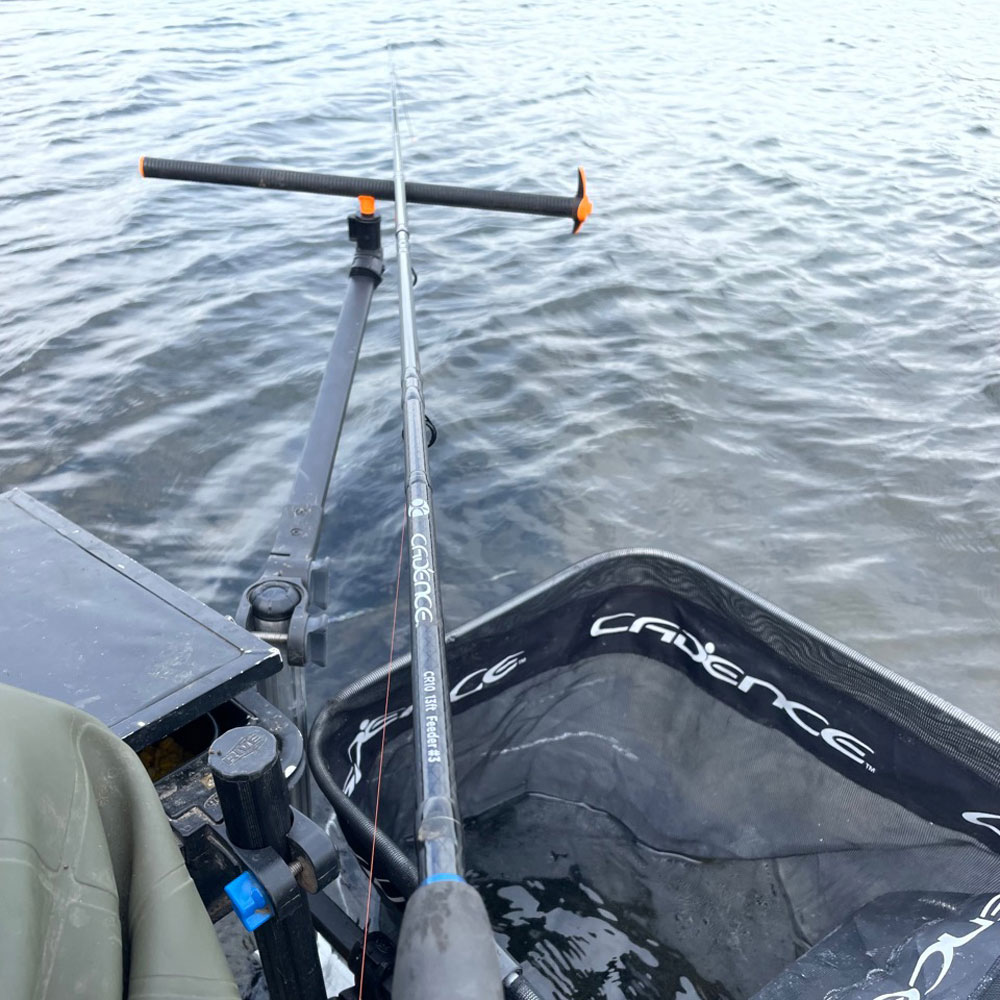
He opted for a large green Drennan open ended feeder carrying 30 grammes of lead, attached to the line helicopter rig-style. Graham, an all-rounder who also loves salmon fishing and fly fishing, explained: “I think it was the carping fraternity who came up with the helicopter rig, which gets its name from the rotational movement of the hook-link around the leader when the rig is cast out. This spinning motion gives the set-up excellent anti-tangle properties because the hook-link is stretched out and cannot wrap itself around the leader.
“I find that when casting into a facing wind, which was the case on today’s mission, the helicopter rig out-fishes anything else.”
Keeping things simple is at the core of Graham’s approach to fishing and his bait requirements were just that. In short, he mixed up three one kilo bags of brown crumb and a kilo of pure white crumb, added a little red dye and then laced the mix with chopped worm, casters, red maggots and sweetcorn, to get those Windermere slabs grazing.
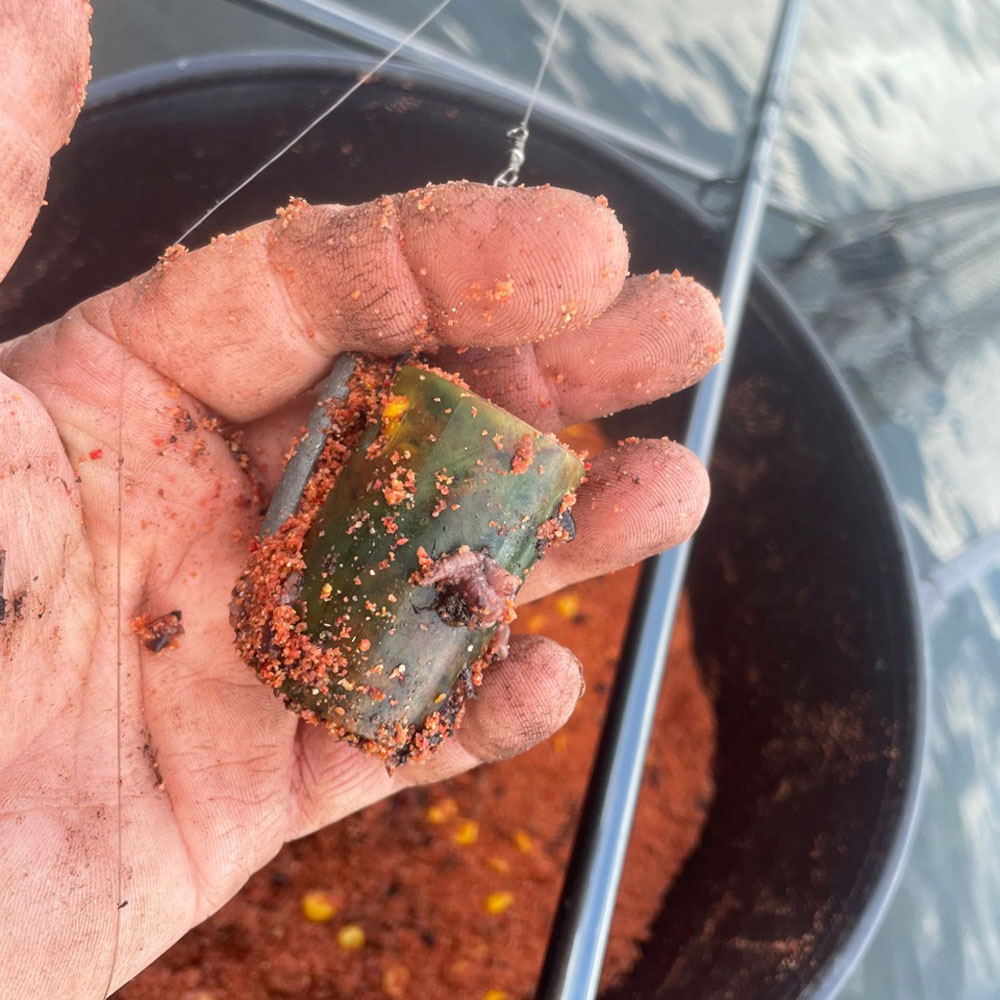
“The white crumb stiffens the mix and helps to bind the groundbait so that it doesn’t break up when you catapult it out,” he explained.
Talking of feeding the groundbait out into the lake, Graham had in his carryall a couple of homemade catapults, crucially fitted with ‘whopper dropper’ hard plastic cups.
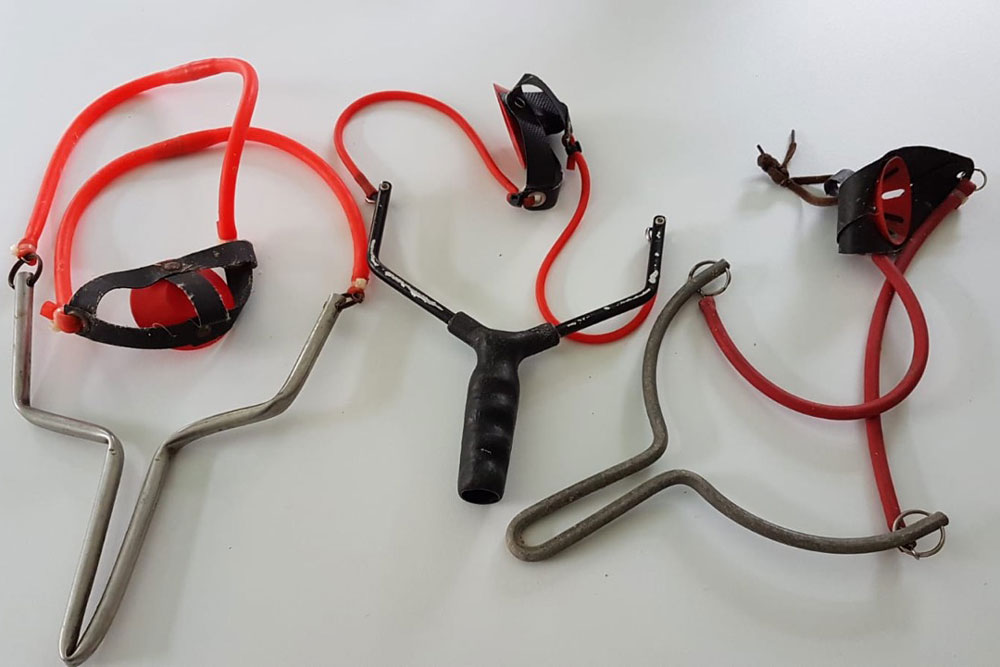
Staying on the subject of fishing tackle, Graham opted for a three foot hook-link made up of Guru N-Gauge extra strong line in 0.15mm, finished off with a size 12 Kamasan B560 hook. He said: “I chopped and changed a bit, starting on a three-foot tail, shortening off to a two-foot tail and then going back to a three-foot hooklength at the end.”
Another great idea employed was using a Daiwa Gemini splasher float to act as a sighter, or marker, out in the lake, for Graham to aim at when catapulting out his groundbait.
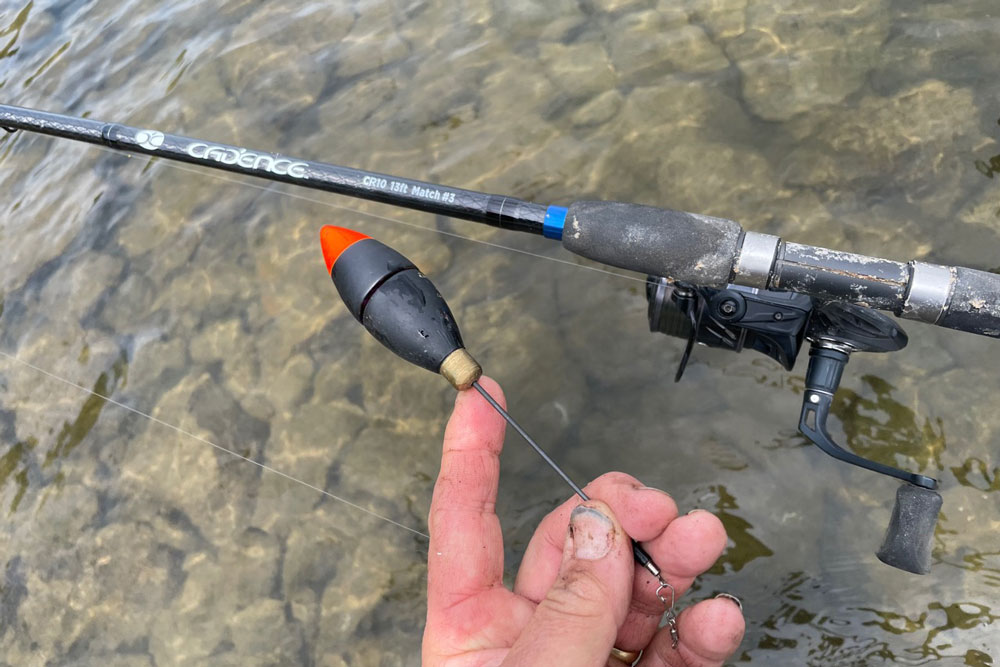
For the marker float, he used a Cadence CR10 13ft No 3 match rod, teamed with a Cadence CS5 4000-sized reel, loaded with 6lb Daiwa Sensor mono, simply attaching the splasher float via a big overhand-knotted loop pushed through the splasher float’s swivel eye and looped over, lasso-style.
Graham explained: “For accuracy, I used measuring sticks and set both the feeder rod and the marker up on 35 metres. I tie a bit of string to the bottom of each marker stick and that string measures one metre, so this simple measuring system is foolproof and keeps your groundbait and the feeder going into the lake in roughly the same spot.
“I’d hate to try to guess where I was aiming without a marker float because it is so easy to get it wrong on big waters. I picked out a dead tree on the far bank as my aiming spot to cast the marker float at, then followed by firing the groundbait at the marker float. If you keep it simple and tidy, you’ll be on the money more times than not.”
After the initial bombardment, which took about 10 minutes and comprised 30 mini-Jaffa ball sized balls of groundbait crammed with goodies, Graham settled down to fish. On his first cast, there was a tap and a rattle. The second cast, he caught a hybrid of around 12 ounces on a medium dendrabena worm broken into two pieces. A flurry of hybrids followed but the question was, ‘where were the bream?’
An hour into the session, the answer came in the form of a couple of plucks on the quivertip, followed by a slow, steady pull round. Picking up the rod, Graham was into his first Windermere bream, a fish easily topping 5lb.
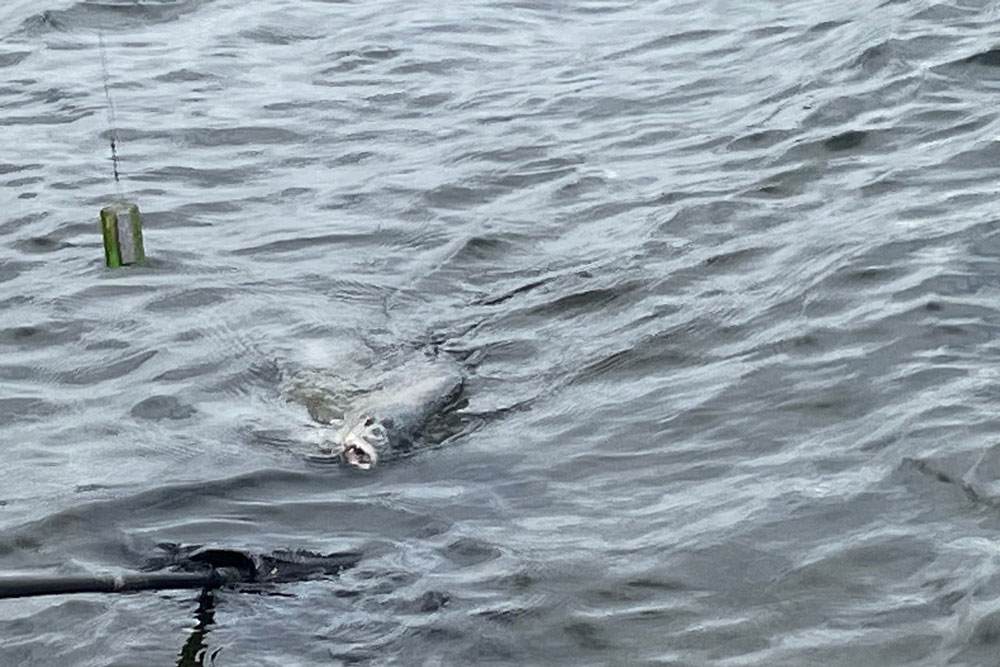
The infectious grin and giggle that Graham is known for said it all, and from 9 am until noon, Graham connected with and landed six more Windermere warriors, including a stunning fish, which weighed 7lb. Laughing as he put the landing net underneath it, Graham said: “I haven’t caught bream like this for a long, long time. We used to catch big bream on the River Lune; fish up to 10lb, but they are long gone – that was 20 years ago.”
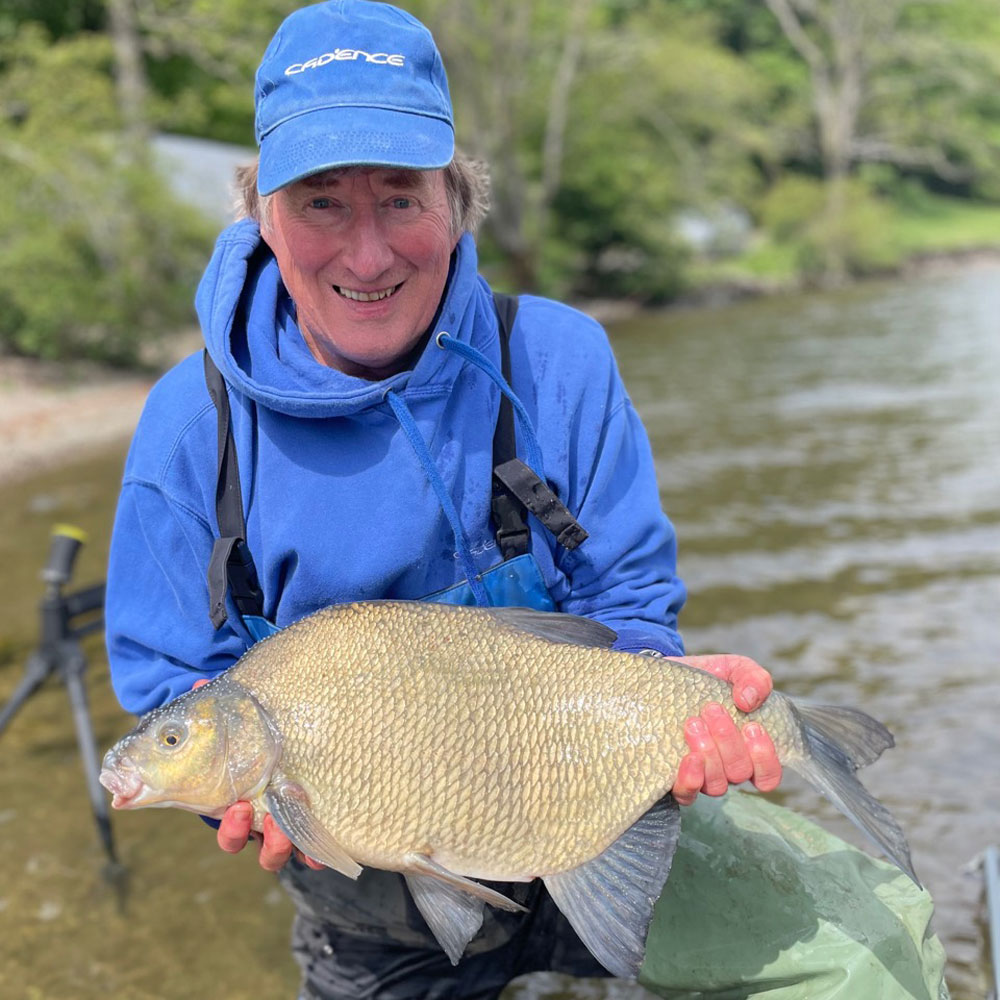
His swim switched off at mid-day, but he was not planning on packing up and his patience paid off when, at 6 pm, after introducing another ten balls of groundbait, the bream paid another visit, and he caught four more in a hectic 30-minute period. All fish came to two pieces of dendrabena worm.
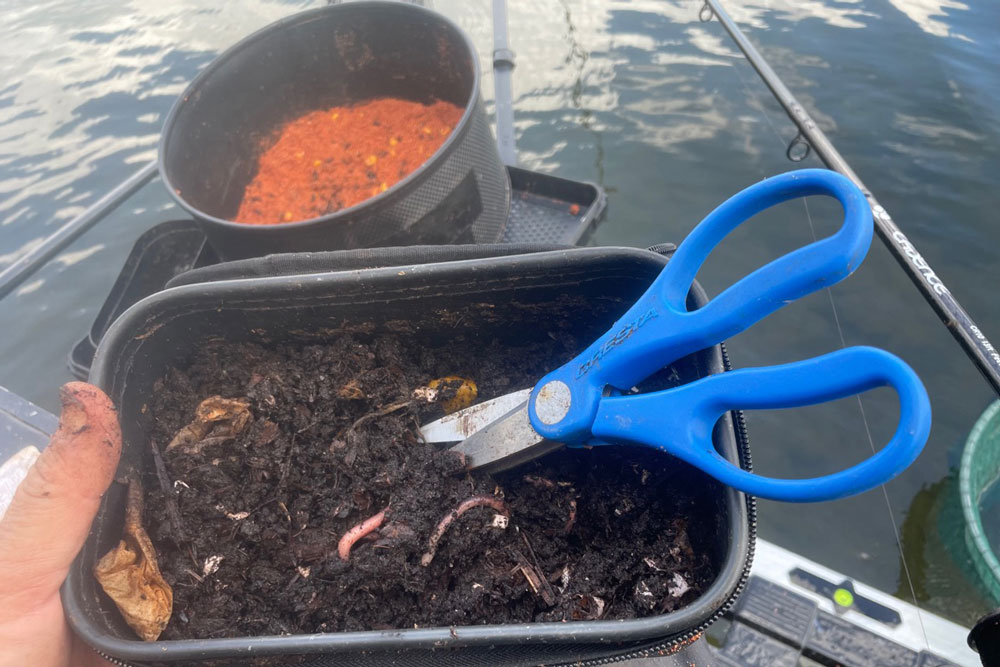
It was time to pack up. In the Lake District, you can experience four seasons in one day. Windermere had been flat calm, with blue skies, sunshine and mist lifting off the water at dawn, then a steady ripple got up, then a proper chop and overcast conditions took over.
In the late afternoon, it went calmer again and then it started to rain. The dark, leaden sky was offering an ominous warning and literally minutes after putting his kit in the van to set off home, it hammered it down for a few minutes!
But no amount of torrential rain could not wipe the smile from his face at the memory of those fantastic Windermere bream.
“It’s crazy to think what we have right on our doorstep,” said Graham. “I’ll definitely be coming back to fish again for these wonderful fish.”
